However, many opinions say that these are just "fragments" of the heritage and the path to having Cheo Tau recognized as an intangible cultural heritage still has much work to do...
Unique ancient capital of Tan Hoi land
Cheo Tau is a unique form of performance, found only in Tan Hoi commune, Dan Phuong district, Hanoi city. Singing Cheo Tau is a ritual, to honor General Van Di Thanh - the tutelary god of the four villages of Thuong Hoi, Thuy Hoi, Vinh Ky and Phan Long belonging to Goi canton in the past. In this land, from young people to the elderly always keep the passion for the smooth, profound Cheo Tau melodies.
According to old custom, the Cheo Tau festival is held only once every 25 or 30 years, in years of "good harvest", favorable weather, and absolutely not held in years of crop failure or famine. The reason for such a "sparse" organization is explained by the fact that this singing festival must mobilize hundreds of participants, costing human resources, material resources and performing time for up to 7 consecutive days, from the 15th to the 21st of January. In addition, when one of the four villages of the commune is not unified, the festival cannot be held. Therefore, sometimes the singing festival is held only once every 50 - 60 years. From the first opening in 1683 to the most recent recorded in 1922. Then, due to war and many other reasons, it was not until 1998 that the Cheo Tau singing festival was restored.
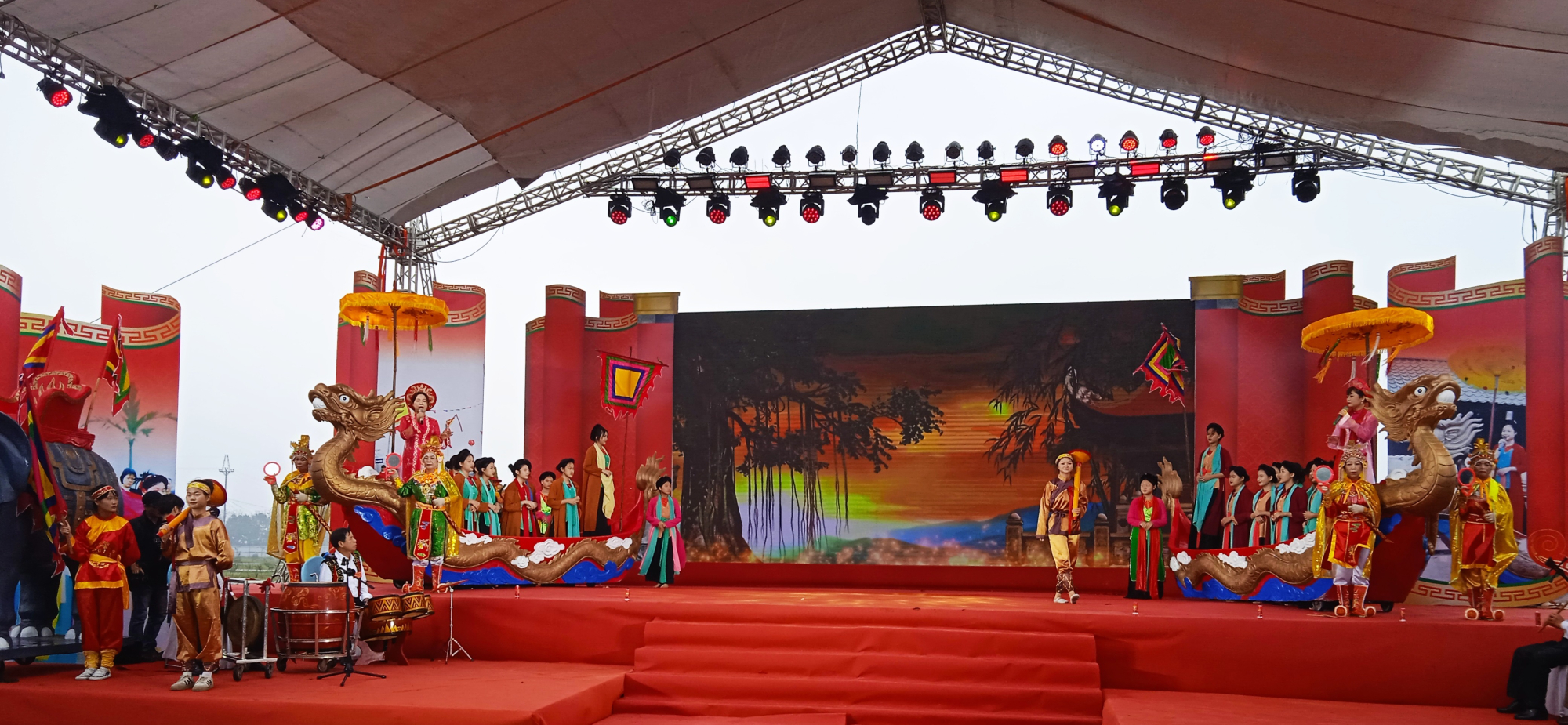
The unique feature of the Cheo Tau performance is that all participants, from the boat captain, the singer, and the elephant keeper, are female. Cheo Tau singing cannot be without the props of 2 dragon boats (ships) and 2 elephants (statues), therefore, Cheo Tau is also known as Hat Tau - Tuong.
Six months before the festival, the four villages in the district had to divide up the preparations, choose the ship lord, ship leader and 10 singers. Except for the two ship lords aged between 30 and 50, the remaining members were all between 13 and 16, with both voice and beauty; among them, the two elephant trainers were also women pretending to be men.
Official documents also record that the performance of the Cheo Tau always takes place at the Dai Dinh area in Van Son mausoleum - the place believed to be the burial place of General Van Di Thanh. The performance begins with the presentation, incense offering, and wine offering to the Saint. This is followed by the "trao" singing between the two ships - statues and the singing of the boat. This sequence is repeated throughout the 7 days of the festival, but the songs change for each day or for each village.
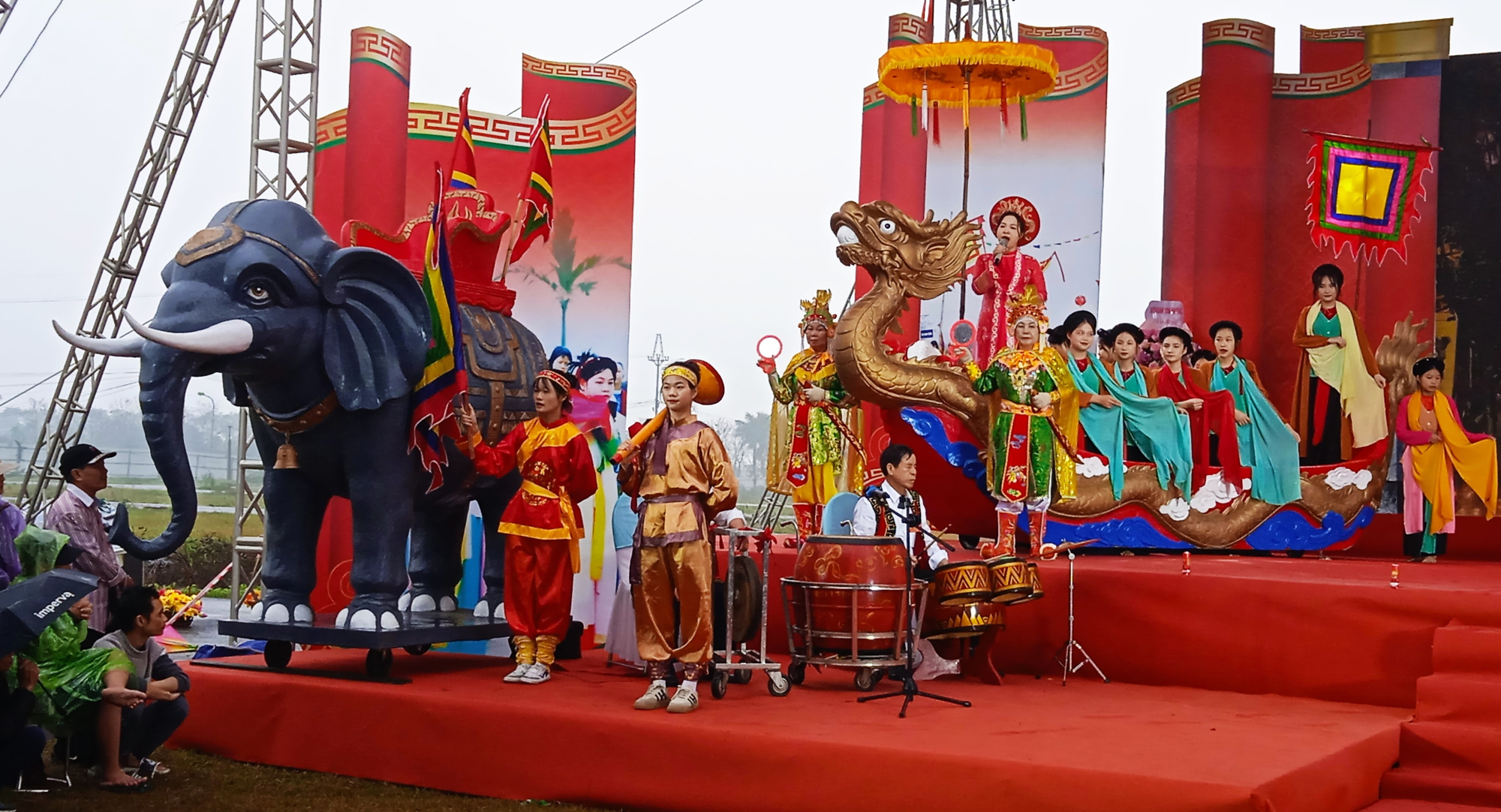
Performance of Cheo Tau singing at the festival in 2024.
In particular, the singing part of the Cheo Tau performance can be separated into individual songs. The singing parts are usually short, with relatively complete and independent lyrics and music . This is the richest singing form, rich in artistry, and most loved and enthusiastically received by the people in the festival.
In addition to containing the characteristics of ancient Vietnamese folk songs with its liberal, rustic, soft and graceful features, the music of Cheo Tau also absorbs, blends and resonates with other types of folk songs such as Cheo singing, Quan Ho singing, Xoan singing, Ca Tru singing, Xam singing, Trong Quan singing...
Need to continue "refining" heritage
According to artist Nguyen Thi Tuyet, the special thing is that all the songs of the Cheo Tau art have been preserved intact with their original lyrics. And in recent years, the commune has opened 8 courses, teaching Cheo Tau melodies to over 200 children. Up to now, the children have performed well in festivals as well as in exchanges and performances in other places.
However, there are also opinions that to firmly preserve Cheo Tau, more is needed, because this heritage is still facing many problems that need to be addressed.
The old custom dictated that the Cheo Tau festival would only return every few decades, so each singer only had the opportunity to sing once in their lifetime. In addition, the teaching was passed down orally, so the number of people who knew the Cheo Tau melodies was not much. In particular, after the recent interruption of the past few decades, those who played the roles of the ship lord and the ship in the 1922 festival had all passed away, leaving only a few people who played supporting roles, or those who "overheard" and remembered a few lines.
In 1988, the movement of singing Cheo Tau returned, the "first generation" artists such as Ngo Thi Thu, Nguyen Thi Tuyet... had to collect and collect each song, find the ancient customs and restore more or less. Recently, the locality found another ancient book "Tau Tuong Ca Khuc" that was still kept by the descendants of Ly Hao. The book is several hundred pages thick, recording many ancient lyrics but ironically, no one knows which melody to perform those lyrics. Artist Nguyen Thi Tuyet said, to exploit this source of materials, the artists had to read and fumble to put together music, finding a suitable melody to put together into a song...
“According to the elders, Cheo Tau has 360 melodies, but currently we only preserve the exact language and singing style of about 20 melodies and usually have 8 performances, including the songs “Xe chi lo kim”, “Co kieu ba ngan”, “Rang den hat dau”... - artist Nguyen Thi Tuyet said.
Another very important issue is the restoration of Cheo Tau singing to make it as close to the original form as possible. A son of Tan Hoi, artist Dong Sinh Nhat, during his lifetime, was worried that this ancient singing style would be distorted and reformed in an unreasonable way. He said that it would be difficult to restore Cheo Tau and organize a Cheo Tau singing festival in a systematic way as before, if not to say it could deviate from the standard, even though there were more documents.
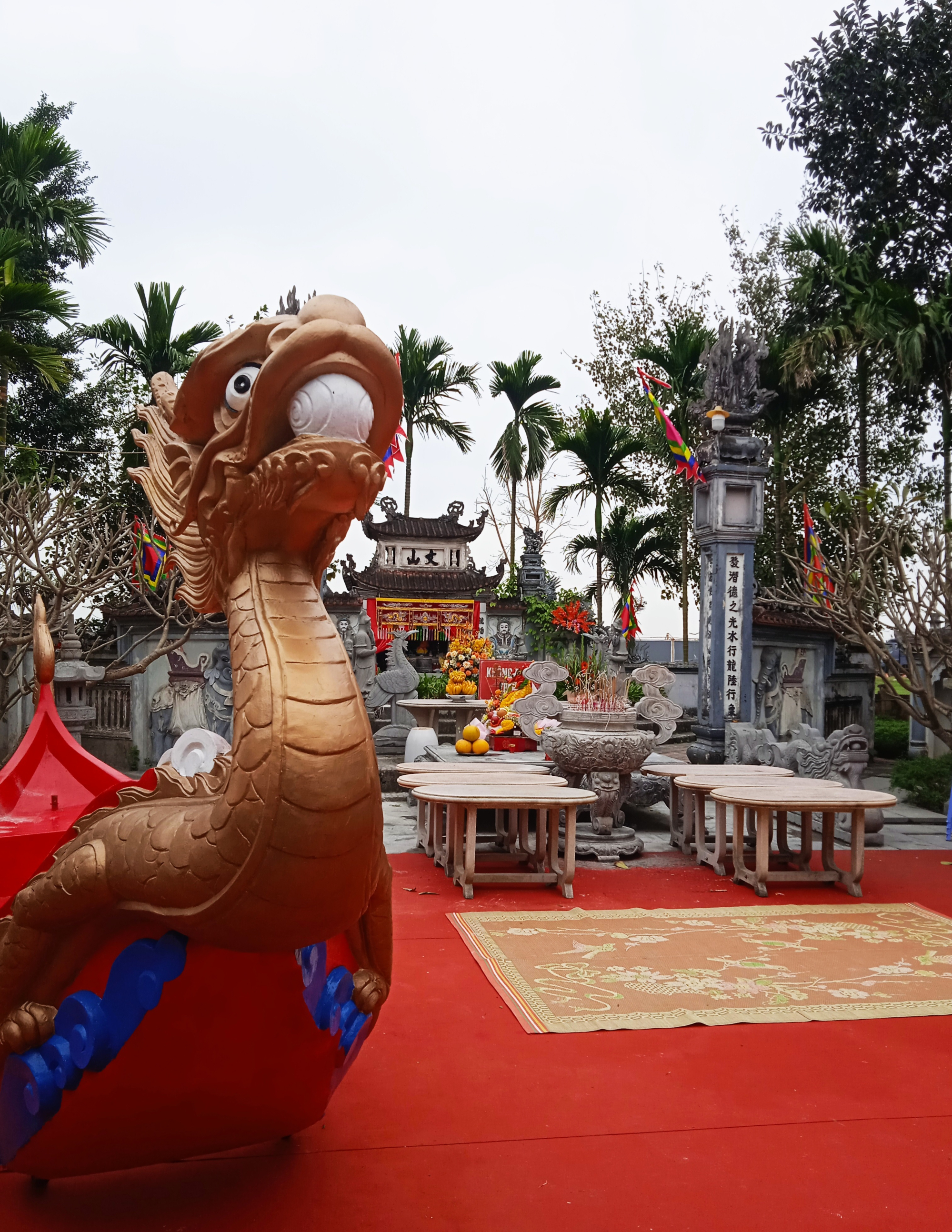
Dragon boat props (ships) in the grounds of Van Son mausoleum.
Speaking to NB&CL on the sidelines of the festival, history professor Le Van Lan said that due to being "distant" for too long, the Cheo Tau singing has been interrupted for a very long time, so the restoration has encountered many difficulties. However, thanks to interviews, investigations, reminiscences and searching through documents, we have been able to piece together some of the "fragments". Compared to the 2015 festival, the 2024 Cheo Tau festival has made a lot of progress, but has also "modernized" quite a lot, so it is necessary to continue to refine it, to have a Cheo Tau festival closest to the original.
“There are certainly many other fragments that have not been pieced together, and many fragments from other places have also been put together here. Therefore, the problem is that we need to refine and develop very carefully and thoroughly so that in the end we can have a festival that is close to the traditional values of the ancient epic singing and performing of the ship and statues” - Professor Le Van Lan shared.
It is known that currently, the locality is coordinating with researchers and functional units to build a dossier to propose the recognition of Cheo Tau singing as a national intangible cultural heritage. Perhaps, what needs to be noted at this time is that everyone must have a very thoughtful and thorough preparation. Because in 2001, Cheo Tau singing was nominated for the world intangible cultural heritage but failed, and the reason is that the dossier was prepared too sketchily.
The Vu
Source





![[Photo] Panorama of the cable-stayed bridge, the final bottleneck of the Ben Luc-Long Thanh expressway](https://vphoto.vietnam.vn/thumb/1200x675/vietnam/resource/IMAGE/2025/9/30/391fdf21025541d6b2f092e49a17243f)


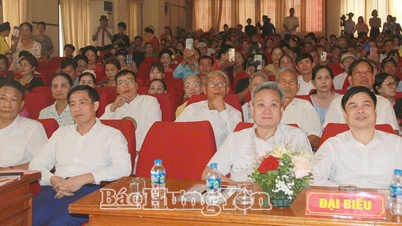









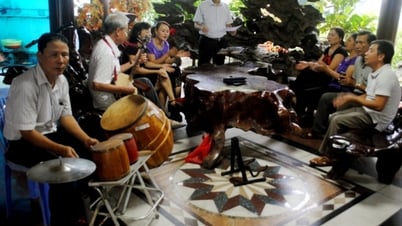

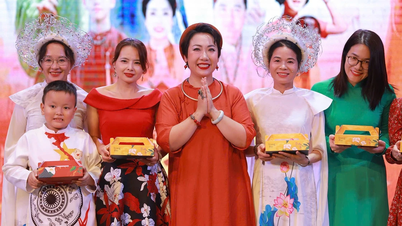




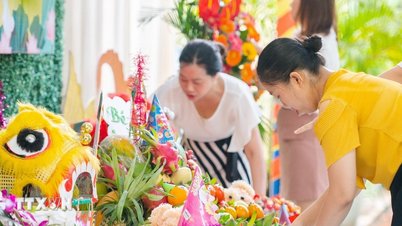


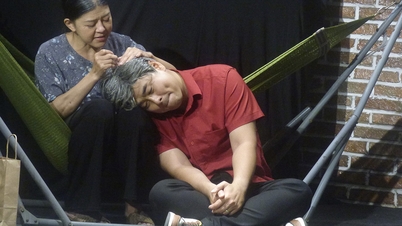










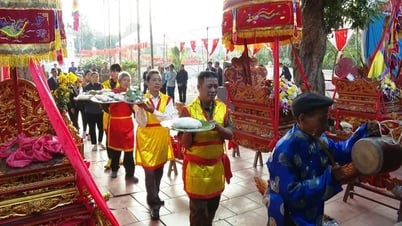
![[Photo] The 1st Congress of Phu Tho Provincial Party Committee, term 2025-2030](https://vphoto.vietnam.vn/thumb/1200x675/vietnam/resource/IMAGE/2025/9/30/1507da06216649bba8a1ce6251816820)
![[Photo] President Luong Cuong receives President of the Cuban National Assembly Esteban Lazo Hernandez](https://vphoto.vietnam.vn/thumb/1200x675/vietnam/resource/IMAGE/2025/9/30/4d38932911c24f6ea1936252bd5427fa)
![[Photo] Solemn opening of the 12th Military Party Congress for the 2025-2030 term](https://vphoto.vietnam.vn/thumb/1200x675/vietnam/resource/IMAGE/2025/9/30/2cd383b3130d41a1a4b5ace0d5eb989d)























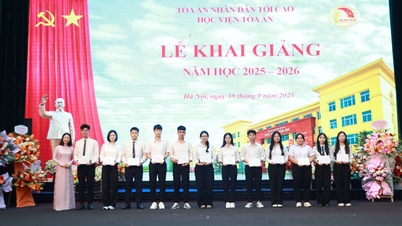


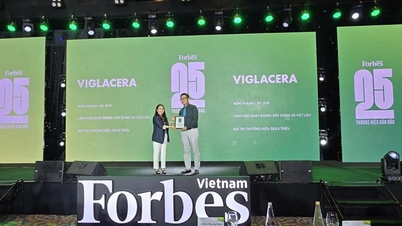




















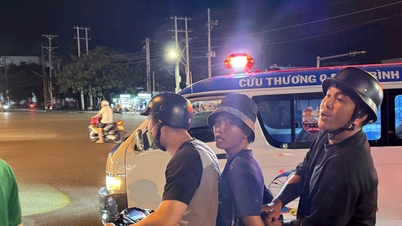




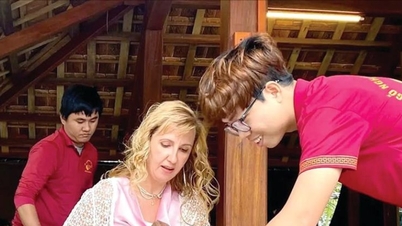











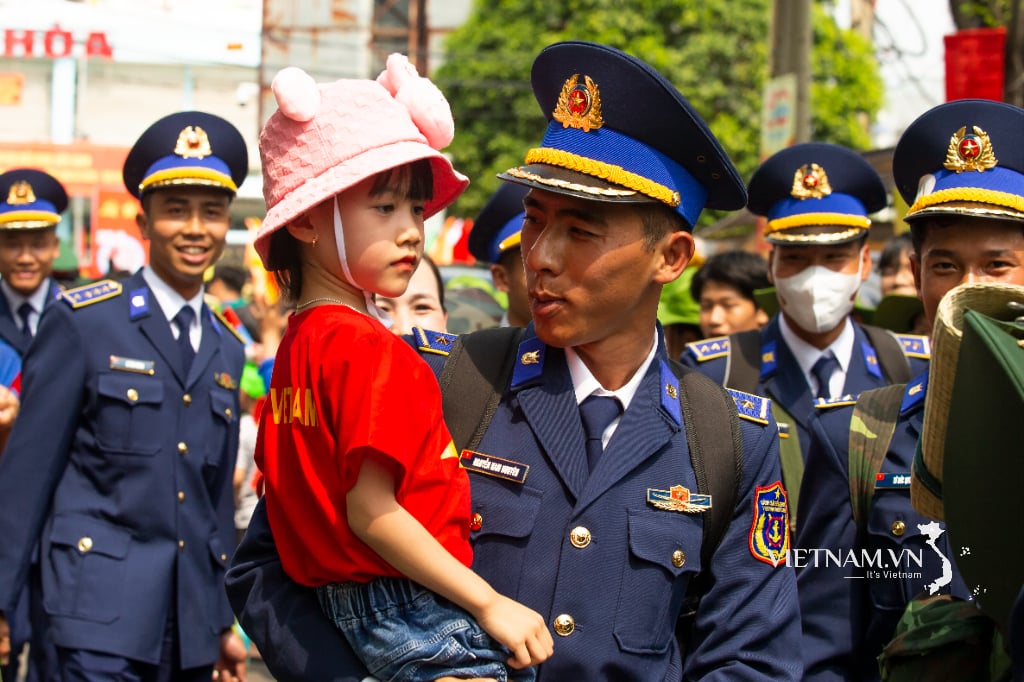

Comment (0)